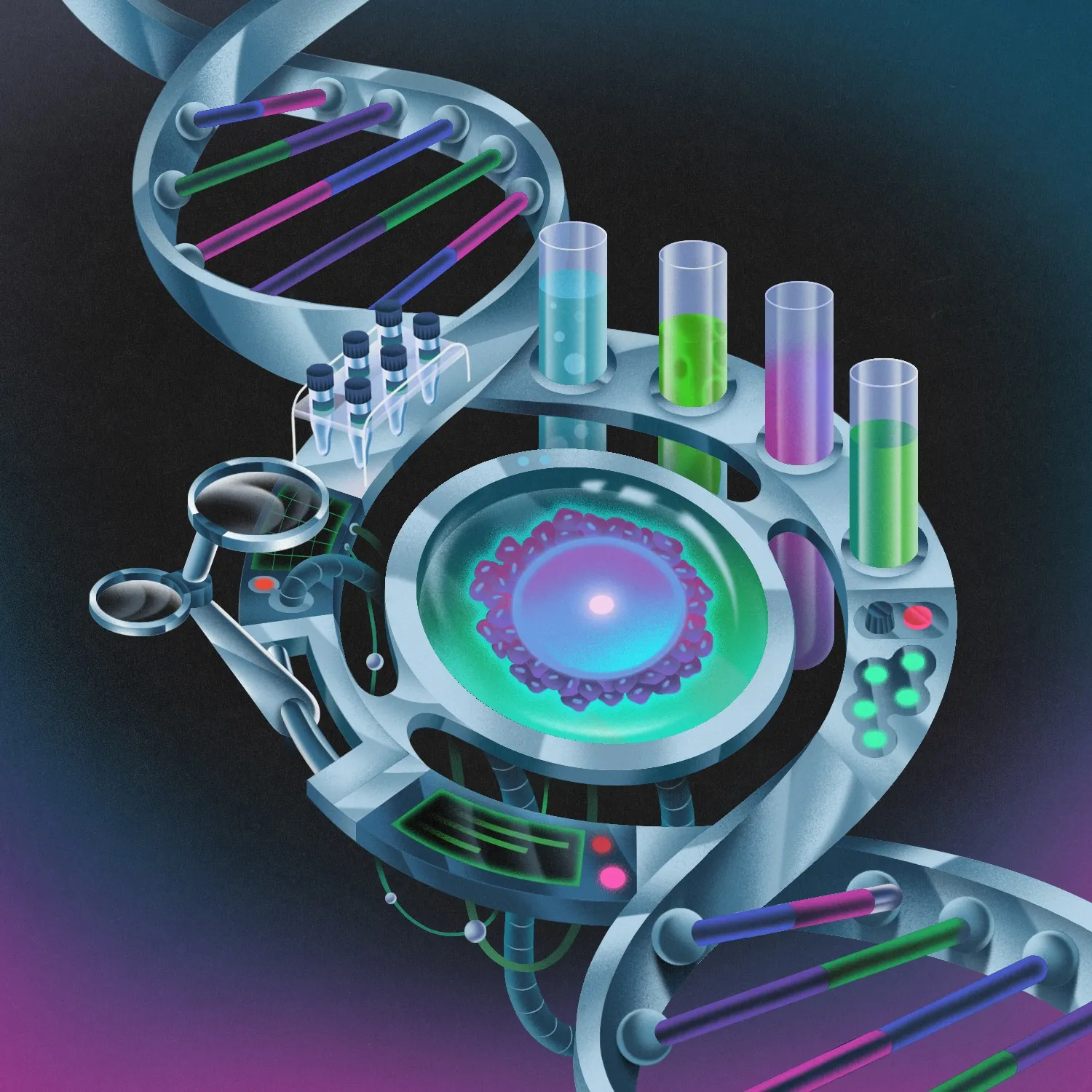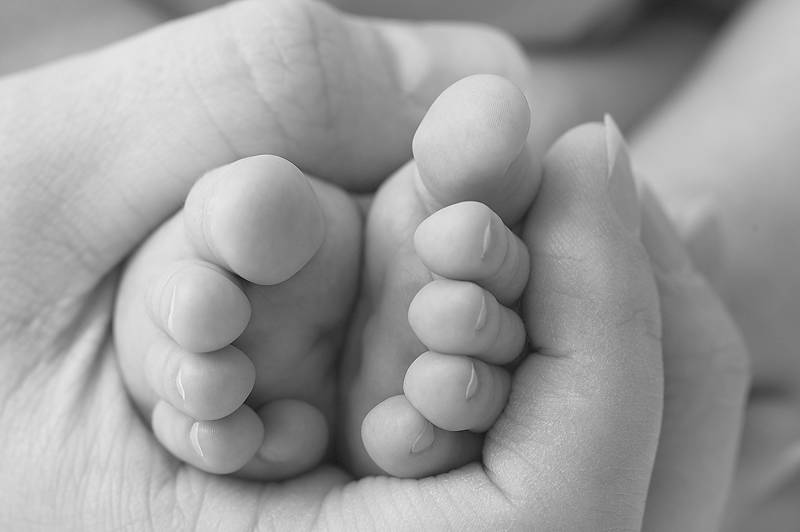In 2016, two Japanese reproductive biologists, Katsuhiko Hayashi and Mitinori Saitou, made an announcement in the journal Nature that read like a science-fiction novel. The researchers had taken skin cells from the tip of a mouse’s tail, reprogrammed them into stem cells, and then turned those stem cells into egg cells. The eggs, once fertilized, were transferred to the uteruses of female mice, who gave birth to ten pups; some of the pups went on to have babies of their own. Gametes are the cells, such as eggs and sperm, that are essential for sexual reproduction. With their experiment, Hayashi and Saitou provided the first proof that what’s known as in-vitro gametogenesis, or I.V.G.—the production of gametes outside the body, beginning with nonreproductive cells—was possible in mammals. The mice that had descended from the lab-made egg cells were described as “grossly normal.” (you can access the rest of this article at the following link https://www.newyorker.com/magazine/2023/04/24/the-future-of-fertility)






